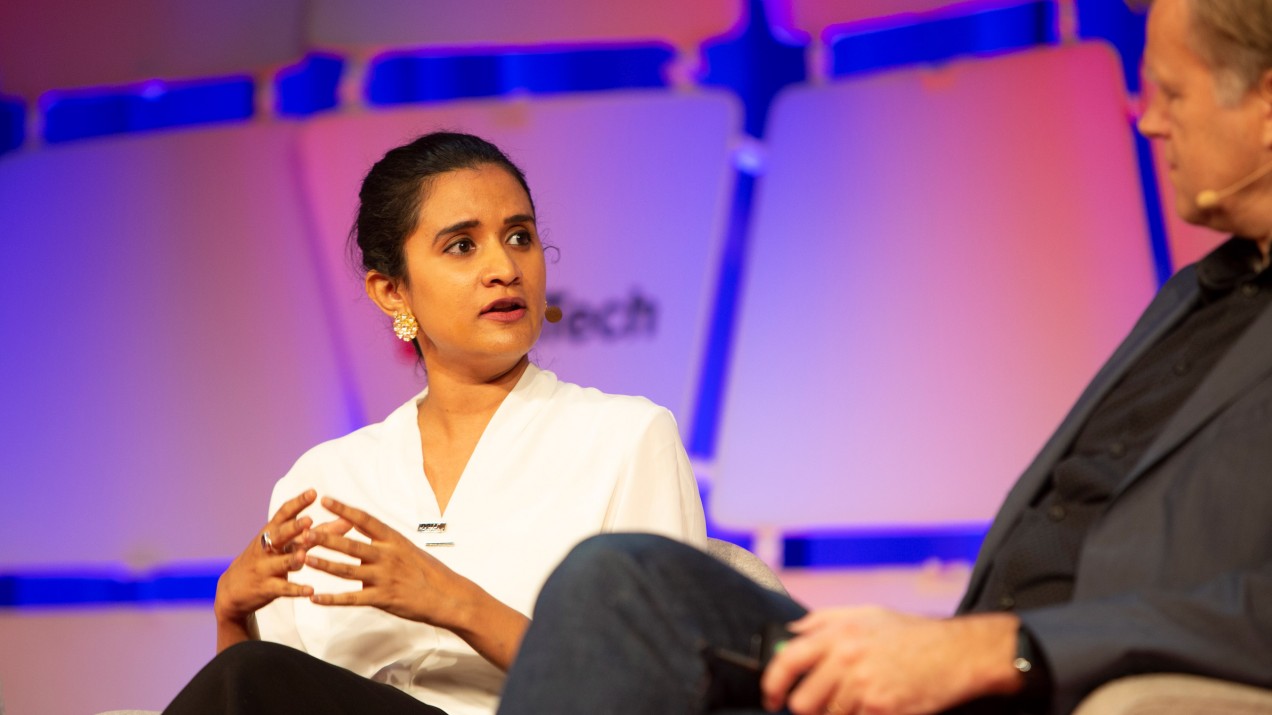

Blockchain / Smart Contracts
The World Bank is a verified blockchain booster
Its efforts are still just experiments, but the global development bank is serious about using blockchains to help it reduce poverty.

Satoshi Nakamoto invented the Bitcoin blockchain as a way for people to make financial transactions without the need for banks or governments. So it’s ironic that one of the world’s biggest boosters of blockchains—shared cryptographic ledgers inspired by the one that underlies Nakamoto’s invention—is the World Bank, which is owned by governments. It makes sense, though, argues Prema Shrikrishna, who works in the bank’s Technology Innovation Lab. That’s because her organization’s goal for its recently launched blockchain lab is to “put power back in the hands of the people.”
It’s still very early in the process, but the lab’s experiments in education, financial services, and efforts to trace agricultural and pharmaceutical supply chains are already providing valuable lessons, Shrikrishna said today at MIT Technology Review’s EmTech conference today.
This year, the World Bank partnered with Consensys, a company focused on developing applications using Ethereum, to explore how blockchain technology can help improve a pilot-stage educational platform called Evoke. The first goal is to give the project’s donors more transparency into how their money is being used, Shrikrishna explained. The next step will be finding ways to use crypto-tokens to incentivize students to participate and complete certain tasks.
Shrikrishna also explained how the bank is experimenting with a mix of information technologies, including blockchains, to figure out how to bring more transparency to the palm oil industry’s supply chain. Blockchains may provide an opportunity to use crypto-tokens to encourage palm fruit farmers and the middlemen that stand between farms and mills to enter higher-quality data about fruit as it moves through the chain, she said.
The most concrete blockchain-based application the World Bank has developed so far is a bond it recently issued with the help of an Australian bank that uses a private version of Ethereum. Bonds are a huge part of the bank’s operations—it issues more than $50 billion in bonds each year to raise money for sustainable development. So far, the blockchain-based bond has raised around $80 million. Shrikrishna said the goal of the project is to explore how blockchain technology can make it easier for investors to access the market while also increasing transparency around financing. The bond has an unusually short two-year lifetime, which Shrikrishna says will give the bank the opportunity to quickly learn from the experience, adapt to technological innovations that may emerge in the meantime, and “issue the next bond with a much higher level of confidence.”